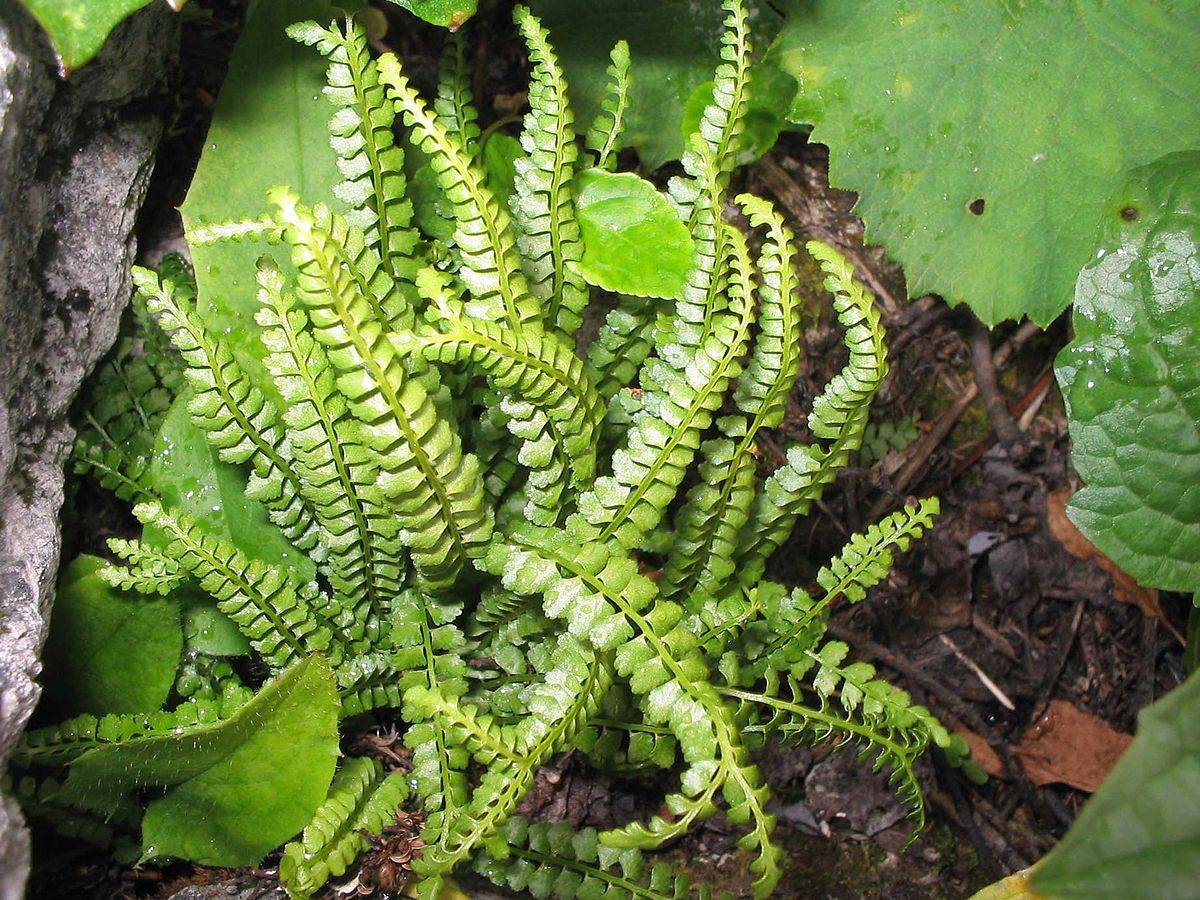Nature's diversity never fails to astound, and one remarkable example of this can be found in the fascinating world of Asplenium, commonly known as spleenworts. These ferns, known for their delicate beauty and unique characteristics, have captured the attention of botanists and nature enthusiasts alike. Here are five intriguing facts that shed light on the enchanting realm of Asplenium.
1. Ancient Lineage and Global Presence:
Asplenium's history stretches back millions of years, as these ferns belong to one of the oldest lineages of plants on Earth. With over 700 species, they have spread their emerald charm across various continents. From the dense rainforests of Southeast Asia to the rocky crevices of the Mediterranean, Asplenium species have adapted to diverse habitats, showcasing nature's ability to thrive in the most unexpected places.
2. Unique Reproductive Strategy: One captivating aspect of Asplenium's life cycle is its method of reproduction. Unlike flowering plants, ferns do not produce seeds; instead, they rely on spores to reproduce. Asplenium ferns create clusters of sporangia, often referred to as sori, on the undersides of their fronds. These sori release spores that develop into tiny, heart-shaped gametophytes, eventually leading to the growth of new fern plants.
3. Medicinal and Cultural Significance: Throughout history, Asplenium ferns have found their way into human lives not only as ornamental plants but also as symbols of healing and protection. In traditional medicine, these ferns were believed to have potent healing properties, particularly for ailments related to the spleen, from which their common name, "spleenwort," is derived. Moreover, some indigenous cultures associate Asplenium with mystical powers, using them in rituals to ward off evil spirits.
4. Epiphytic Wonders: Some Asplenium species have adopted an epiphytic lifestyle, meaning they grow on the surfaces of trees or other plants, drawing nutrients and moisture from the air and rain. These ferns have evolved specialized adaptations, such as fronds that form water-collecting cups. This unique strategy allows them to thrive in environments where soil might be scarce, turning tree trunks into lush habitats.
5. Bioindicators of Air Quality: In recent times, certain Asplenium species have garnered attention for their potential use as bioindicators of air quality. Researchers have discovered that these ferns are highly sensitive to pollutants and can exhibit visible changes in response to environmental stressors. By monitoring the health of Asplenium ferns in urban areas, scientists can gain insights into the quality of the air we breathe and the overall health of ecosystems.
In the grand tapestry of the natural world, Asplenium ferns stand as a testament to the marvels of adaptation and evolution. From their ancient lineage to their modern-day roles as bioindicators, these enchanting plants continue to inspire wonder and appreciation for the intricate web of life that surrounds us.


